Important Events
St. Louis Protest of 1819
One of the first civil rights demonstrations in the country took place in St. Louis in 1819, when free blacks and their white allies demonstrated on the steps of the Old Courthouse to protest the entrance of Missouri into the Union as a slave state. Nathan B. Young, a St. Louis judge and African American historian writing in the 1960s, called the demonstration “the real beginning of the civil rights movement.”
Most national histories mention Northern protests over Missouri being admitted into the Union as a slave state but leave out any notice of protests within the state itself. The St. Louis protest of 1819 shows that activists fighting against racial injustice have been part of this city’s history—and this state’s history—for almost two centuries.
First Emancipation Proclamation
The first Emancipation Proclamation was issued not by President Lincoln but by Major General John C. Frémont. Frémont, commander of the Department of the West, gave the order in St. Louis on August 30, 1861, more than a year before Lincoln gave his in Washington, DC.
Frémont’s proclamation freed the slaves of those he considered disloyal to the Union. He personally set free two slaves of Thomas Snead, an aide to the secessionist governor of Missouri. Although Lincoln rescinded Frémont’s order and removed him from his post, the order amplified the fact that abolition was at the heart of the Civil War.
Lunch Counter Sit-ins
History textbooks often mention the 1960 sit-ins at a Woolworth’s lunch counter in Greensboro, North Carolina, as the start of the sit-in movement. What they don’t consider is that long before lunch counter sit-ins made national headlines and became an important part of the civil rights movement, female activists were trying the technique in St. Louis.
In 1944 the Citizens Civil Rights Committee (CCRC), a group of black and white women led by Pearl Maddox, launched a series of sit-ins at the dining establishments of three downtown department stores: Stix, Baer & Fuller, Famous-Barr, and Scruggs-Vandervoort-Barney. Stores gradually began opening up their facilities to African American diners, and in 1961, the city passed an ordinance barring segregated facilities.
Desegregation of SLU
In 1942, Charles Anderson attempted to enroll in Saint Louis University so he could take science courses to assist his wife in her mortuary business. When he was denied admittance, he began a one-man protest at the school. He polled students, who stated that they wouldn’t object to the admission of African Americans, and distributed handbills asserting his right to admission (some students even helped him).
Additional support for integrating the university and ending segregation in the Roman Catholic Church came from a number of priests, including Fr. Claude Herman Heithaus. During a homily at Saint Louis University’s church in 1944, Heithaus denounced racism and urged the admission of black students to the school. The homily, “An Appeal to Conscience,” was printed by the NAACP and widely distributed.
As a result of Anderson’s actions and the support he received from students and Catholic leaders, Saint Louis University began admitting black students in the fall of 1944, becoming the first Missouri institution of higher education to accept African Americans into its ranks.




